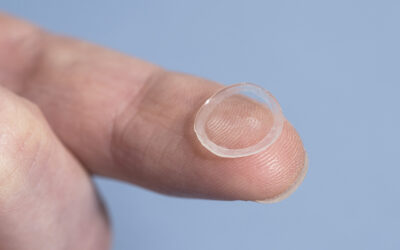Various engineered nanomaterials are under development for use in diagnostic biosensors, drug delivery nanosystems, imaging probes for intravascular use, and other devices in contact with blood inside or outside the human body. After many years of materials’ hemocompatibility studies, thrombotic adverse events remain a substantial obstacle in the clinical development of novel medical devices intended for intravascular use or those that would have other contact with blood. Investigation of the interactions of nanomaterials with the components involved in hemostasis, or normal blood clotting, is essential to understanding how thrombosis and other potential adverse blood coagulation effects may occur.
Jan Simak’s team at the FDA is researching the effects of nanomaterials, particularly carbon nanotubes and fullerenes, on blood platelets and endothelial cells. In a review in WIREs Nanomedicine and Nanobiotechnology, Simak and De Paoli provide a comprehensive summary of the state-of-the-art knowledge about effects of various engineered nanomaterials on hemostasis, focused on interactions of nanomaterials with the plasma coagulation system and blood platelets. The work describes basic physiology of plasma coagulation, including the kallikrein-kinin system and fibrinolysis, as well as the physiology of platelet functions in hemostasis. Selected studies on different types of interactions of representative classes of nanomaterials with the plasma coagulation system and platelets are summarized. Particularly valuable is a list of methods for evaluation of in vitro effects of nanomaterials on the plasma coagulation system and platelets, including hands-on comments on advantages and limitations of different assays. The review article shows that there are still wide knowledge gaps in this topic. An in-depth understanding of how nanomaterial properties (size, shape, chemical composition, surface physicochemical properties characteristics and nanotopography) affect blood clotting is essential for the development of safe and effective nanomaterials for biomedical applications.

















